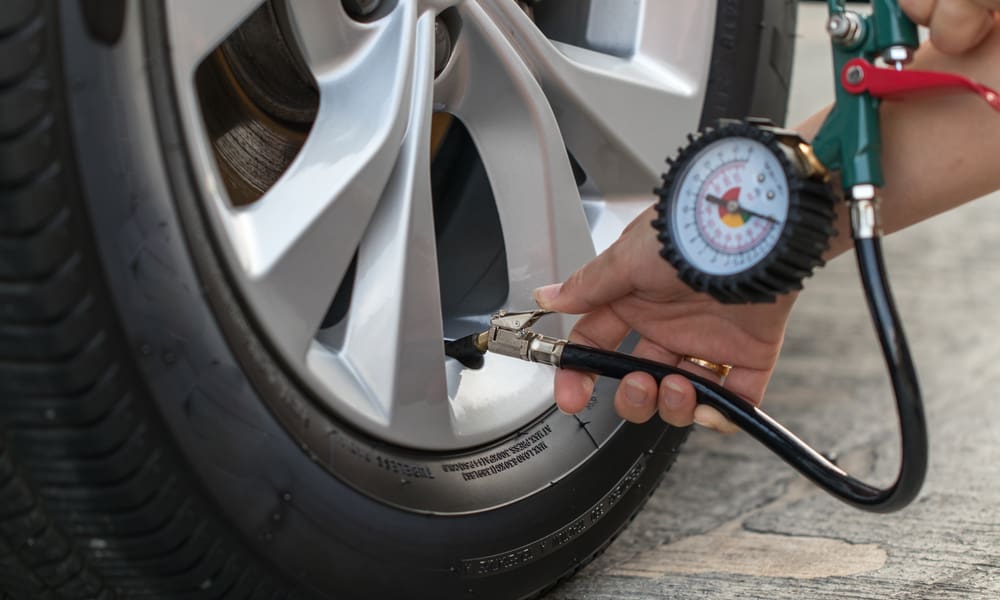Chances are, your vehicle is equipped with a tire pressure monitoring system. According to Bridgestone, “the purpose of the tire pressure monitoring system (TPMS) in your vehicle is to warn you that at least one or more tires are significantly under-inflated, possibly creating unsafe driving conditions. The TPMS low tire pressure indicator is a yellow symbol that illuminates on the dashboard instrument panel in the shape of a tire cross-section (that resembles a horseshoe) with an exclamation point.” TPMS is present in vehicles from 2008 or later and comes on when tire pressure is below 25% manufacturer preferred psi. Many newer vehicles will display a message saying ‘low tire pressure’ and even indicate which tire is experiencing low tire pressure.
Why You Shouldn’t Drive with Low Tire Pressure
A national study conducted by Schrader International, the leading global manufacturer of sensing and valve solutions, found that only “58 percent of drivers could properly identify the lifesaving TPMS warning symbol. ” This is an important finding because there are about 11,000 tire-related crashes that happen each year.
When you continue to drive on a tire with low pressure, you run the risk of tire failure. Imagine you’re driving 60 mph on a highway and your tire blows. An incident like this can cause you to lose control of your vehicle at a high speed — endangering yourself, your passengers and others on the road. In addition, low tire pressure negatively affects fuel economy and causes tires to wear out much more quickly.
What to Do When Your Low Tire Pressure Light Comes On
Don’t ignore the low tire pressure light. When you can safely check the air pressure in all of your tires, do so. Even if you are in a newer vehicle that indicates which tire is low, it pays to check all of the tires and adjust air pressure accordingly. Weather can also play a role in tire pressure. Colder weather can cause tire pressure to slightly drop, so continue to periodically check tire pressure levels in all of your tires when completing your maintenance checklist.
If tire pressure continues to drop even after filling your tire with air, you could have a hole causing air to escape. Make an appointment with an auto repair shop to have your tires evaluated. Best case scenario is your tire can be patched to fill the hole or you may need new tires.
Don’t Rely Solely on Tire Pressure Monitoring Systems
Systems that monitor tire pressure are in vehicles to warn operators of air leaks, but you shouldn’t rely heavily on them. As a responsible driver you should be inspecting your vehicle periodically for maintenance issues. Doing your own inspections allows you to catch and correct issues before they become big safety hazards. Ensure your vehicle is receiving the necessary maintenance. When you have your oil changed at a garage they should also check your tires for ware and provide balancing. Don’t be afraid to ask questions when it comes to the work being done on your vehicle.
Interested in learning more from Top Driver? Click here to check out our full list of safe driving tips.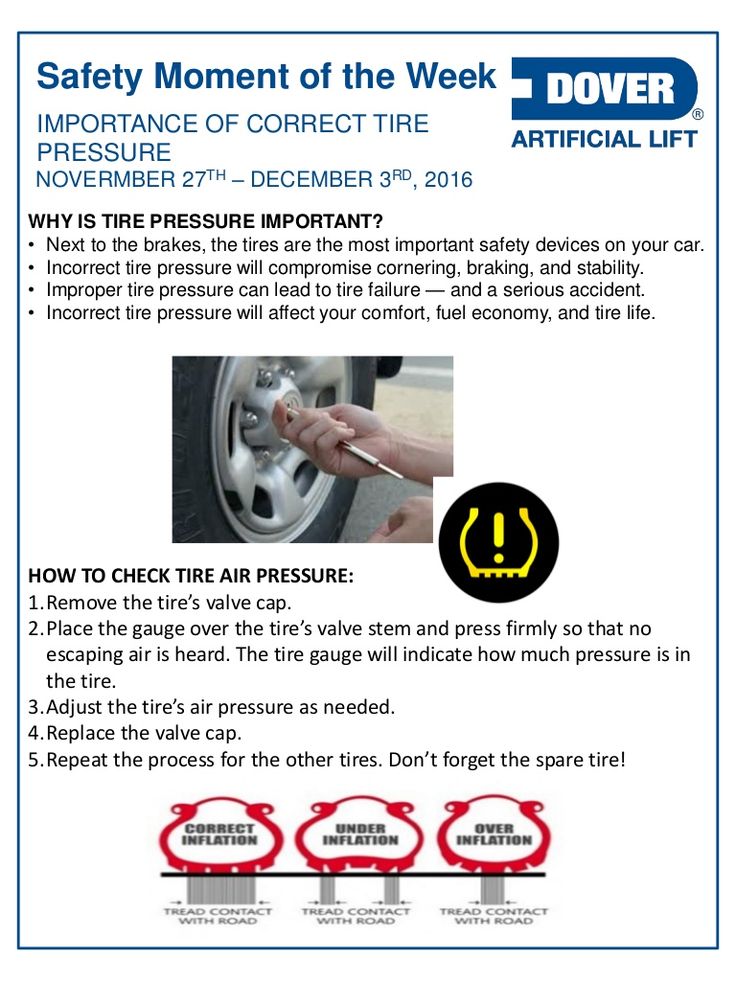
Sometimes I notice my tire pressure seems low, but I’m usually on the way somewhere. Is it okay to drive with low tire pressure?
Jessie Devine · Answered on Mar 25, 2022
Reviewed by Shannon Martin, Licensed Insurance Agent.
It’s totally understandable that you wouldn’t always have time to run to a gas station and air up your tires before you head to work or an appointment. The good news is that for the most part, it won’t hurt to drive with tire pressure a little low.
Tire pressure can drop for a variety of reasons, including temperature changes and normal permeation (this means when the air leaves the tire by passing through the rubber itself). Permeation happens to
all tires over time, which is why it’s important to check your tire pressure a couple of times a month.
Low tire pressure becomes a problem when it drops drastically below the recommended range. If the pressure drops 25% below the recommended psi, you’re three times more likely to get in a tire-related accident.
So while your tires being a little low won’t likely hurt you on the way to work in the morning, you should fill up your tires if they’re far below your car’s recommended psi.
For more answers to your car and car insurance questions, sign up for Jerry. Jerry is a car ownership super app that will find you great savings with no hassle. Sign up in less than a minute to receive insurance quotes from all the top insurance companies—and no spam. Jerry users save an average of $887 per year on car insurance.
MORE: Will insurance cover a flat tire?
Car MaintenanceCar Tires
View full answer
WHY YOU CAN TRUST JERRY
Jerry partners with more than 50 insurance companies, but our content is independently researched, written, and fact-checked by our team of editors and agents.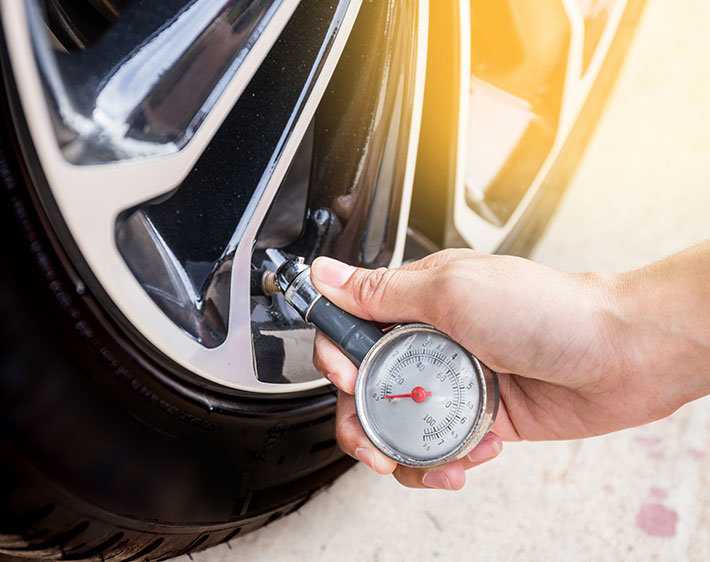 We aren’t paid for reviews or other content.
We aren’t paid for reviews or other content.
Browse More Content
What To Do If Your Parking Brake Won’t Engage
Fog/Driving Light Bulb Replacement Cost
Valve Cover Gasket Is Leaking Inspection
Car Door is Sagging Inspection
Inspection for Stalling Car
Mazda Tribute S Insurance Cost
Audi Q3 Prestige Insurance Cost
Ram 3500 Slt Insurance Cost
Subaru Forester 2.5X Ll Bean Insurance Cost
Bmw 328 D Insurance Cost
Hazle Township Car Insurance
Pocasset Car Insurance
Dudley Car Insurance
Yonkers Car Insurance
Hermiston Car Insurance
I applied for a car loan about a week ago and I haven't heard anything back.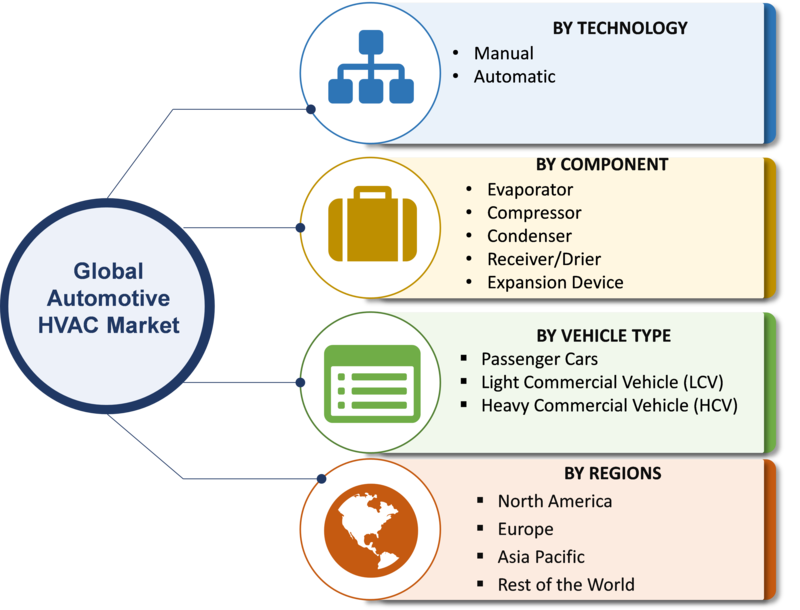 How do I know if I was approved or denied?
How do I know if I was approved or denied?
Eric Schad
Nov 23, 2021
My brother and I have decided to share a car to cut costs. We want to get on the same insurance plan. How do I add someone to my car insurance policy?
georgina grant
Nov 05, 2021
Gas is getting more and more expensive, and I really can’t keep up! I was told my car should have premium gas, but it’s just too expensive. Is it okay if I switch from premium to regular gas?
Joshua Levy
Mar 03, 2022
Browse All Questions
Requirements for an Illinois commercial driver’s license include age restrictions, knowledge tests, and skills tests. Read more here!
Liz Jenson
Nov 02, 2022
How long is a Ford Expedition—and will it fit in your garage? Here are all the details!
Liz Jenson
Jul 21, 2022
Speeding
Nissan
Road trips
Car Registration Renewal
driving laws
Convertibles
Connecticut
Travel
Minnesota
Foremost Insurance
Water Damage
Car Insurance Premiums
Europe
South Carolina
Acts of God
Actual Cash Value
Michigan
North Carolina
Jerry Original Data
Direct Auto Insurance
Car Knowledge
Market Value
Arizona
Driving Games
Vandalism
Pop culture
Insurance Industry
No long forms
No spam or unwanted phone calls
Quotes from top insurance companies
Find insurance savings — it's 100% free
Toyota
Hyundai
Mercedes-Benz
Subaru
Chevrolet
Mitsubishi
Answering
Sergey Fedorov
expert
Everyone knows the theory. Tire pressure affects comfort, handling, braking distance and other vehicle parameters. Therefore, you should periodically, at least once a month, control the pressure in the tires. But tell me, how many of us regularly do this? But you need to download exactly as much as recommended for your model in the instruction manual. For our convenience, tips in the form of a table with recommended figures were hung on the middle pillar of the body and on the inside of the fuel tank hatch. But many never bother to look at it. But in vain!
Tire pressure affects comfort, handling, braking distance and other vehicle parameters. Therefore, you should periodically, at least once a month, control the pressure in the tires. But tell me, how many of us regularly do this? But you need to download exactly as much as recommended for your model in the instruction manual. For our convenience, tips in the form of a table with recommended figures were hung on the middle pillar of the body and on the inside of the fuel tank hatch. But many never bother to look at it. But in vain!
If the tire pressure is significantly lower than normal, the contact patch increases. Moreover, the tread shrinks, as it were, shrinking in the middle, and during operation it begins to wear out intensively along the edges. Not only is premature tire wear happening; the lack of compressed air in it leads to an increase in deformation and more heating of the tire . At the same time, fuel consumption noticeably increases , and if you get into the pit, you can completely pierce the wheel, damaging the metal frame of the tire. But that's not all. A car with flat tires reacts more slowly to steering and is much worse controlled by , which, in the end, can lead to an emergency or even an accident.
But that's not all. A car with flat tires reacts more slowly to steering and is much worse controlled by , which, in the end, can lead to an emergency or even an accident.
Higher tire pressure helps save fuel, which is why some particularly frugal drivers take this step deliberately. However, this savings is so tiny that most people will hardly notice it. On the other hand, the pumped-over tire becomes stiffer, which significantly reduces the comfort of the and increases the load on the suspension . Particularly affected are the rods and steering tips, the thrust bearings of the front struts, ball bearings, stabilizer struts and other elements of the chassis. Therefore, replacing failed suspension parts will be much more expensive than the ephemeral savings resulting from pumping tires. In addition, high pressure in the tire leads to a decrease in the contact patch - in this case, only its central part works intensively. As a result, tire wears unevenly and prematurely becomes unusable.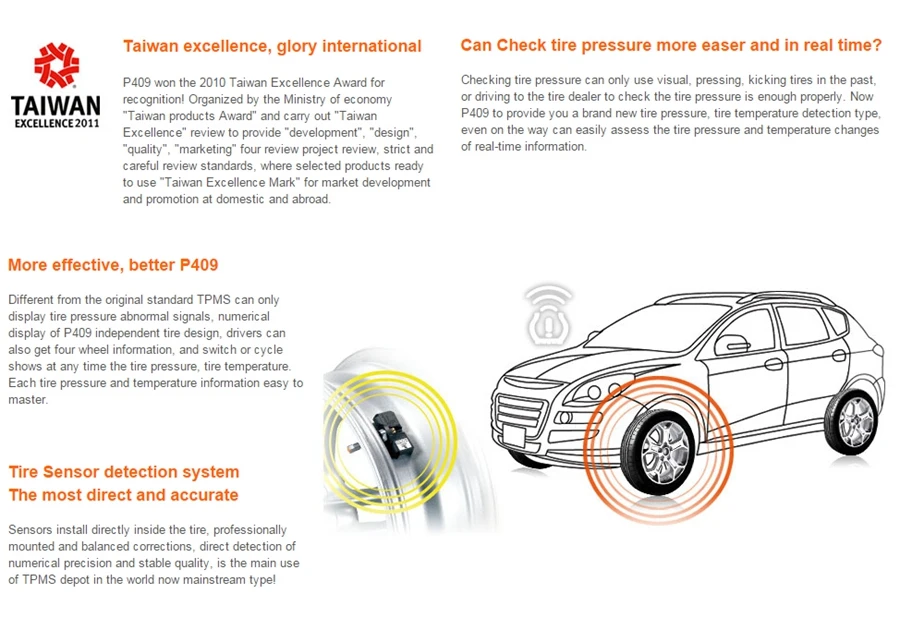
Therefore, once again we urge you to monitor tire pressure - your accuracy will extend the life of the car, make it more comfortable, economical and safer. Yes, and one more thing - it is important to remember that you need to measure the pressure only on cold wheels, that is, no less than 4-5 hours after the last trip.
| premature tire wear |
|---|
| tire heating |
| significantly increased fuel consumption |
| when hit in a hole, you can pierce the wheel |
| controllability deteriorates significantly. |
| reduced comfort |
|---|
| wear of the suspension and steering increases: rods and steering tips, support bearings of the front struts, ball bearings, stabilizer struts and other elements of the chassis |
| uneven tire wear prematurely disables it |
Was the article helpful?
What should be the pressure in the tires of the car? Does it need to be adjusted and what will happen if the pressure is changed in one direction or another?
A conversation between two friends:
— Hello, I have a flat tire!
— Not at all?
— No, only from below…
Humor from the Net
The pressure must be as specified by the vehicle manufacturer. And since the average modern driver usually does not have such information, especially for him, a "cheat sheet" with the necessary numbers is hung on the middle pillar on the driver's side or on the gas tank hatch cover.
And since the average modern driver usually does not have such information, especially for him, a "cheat sheet" with the necessary numbers is hung on the middle pillar on the driver's side or on the gas tank hatch cover.
A relatively rare solution: the "reminder" is located on the gas tank flap.
A relatively rare solution: the "reminder" is located on the gas tank cap.
An important point: pressure should be measured only on cold tires. By the way, especially for pedants: cold tires are those on which the car has been without movement for at least 5 hours.
This "cheat sheet" nestled on the driver's door. An example of how tire pressure recommendations change depending on tire size.
This "cheat sheet" nestled on the driver's door. An example of how tire pressure recommendations change depending on tire size.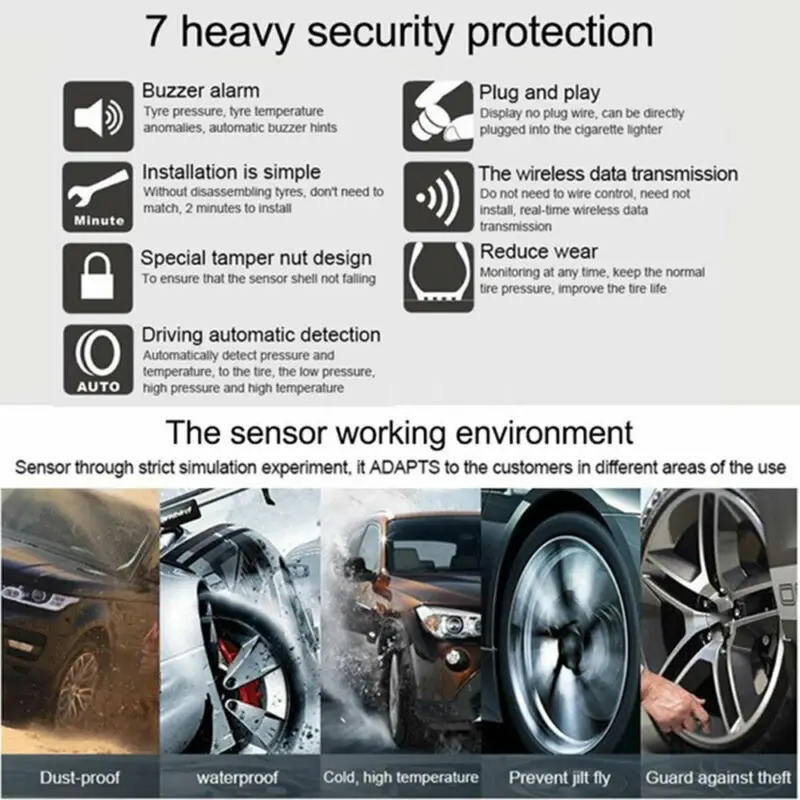
Since car manufacturers allow the use of tires of different sizes, the pressure may also be different. In addition, the pressure in the front and rear tires has the right to both differ and be the same.
And here there is no difference in the recommendations: what is in front, what is behind is the same.
And here there is no difference in recommendations: what is in front, what is behind is the same.
Related materials
Seasonal tire change: everything car owners need to know
Reduced pressure leads to an increase in tire deformation, more heating during wheel rolling, accelerated wear of the outer tread tracks. Perhaps even a violation of the integrity of the frame. As a result, fuel consumption increases. If you hit a hole in the road, the likelihood of damage to both the disk and the tire is higher.
Increased pressure is an overstrain of the cords, increased wear of the middle part of the tread. In addition, when driving on a bad road, the shocks that are transmitted to the suspension and body will become more noticeable for riders. When hit in a pit, the likelihood of a tire burst increases.
Uneven pressure on all four wheels is the worst thing! At the same time, the car, while driving, inevitably leads the wheels with lower pressure to the side - in fact, sideways movement begins.
Tube tires of the past required a weekly check, especially before the advent of butyl tubes. Then the pressure began to be checked less often, and nowadays, as a rule, they are limited to visual inspection.
Tube tires of the past required a weekly inspection, especially before the advent of butyl rubber tubes. Then the pressure began to be checked less often, and nowadays, as a rule, they are limited to visual inspection.
In a good way, you need to check the tire pressure at least once a month. And before a long journey - just a must.
Related materials
Budget Tire Compressor Test: Wrong Bees
The air pressure in an enclosed space changes by approximately 0.1 bar for every 10 degrees of temperature change. This allows, having installed summer wheels in April, not to worry about the pressure in them until the end of August, when the air temperature begins to drop. Having pumped up the wheels at the end of summer, you can already reach the seasonal shift. But having installed winter tires in October, with the first frosts, you should check the pressure a couple more times: when the temperature drops to minus ten, fifteen, and when it goes over minus twenty. But from the middle of winter until the moment of changing the wheels to summer ones, there is again a period of relaxation.
Electronics are increasingly thinking for us.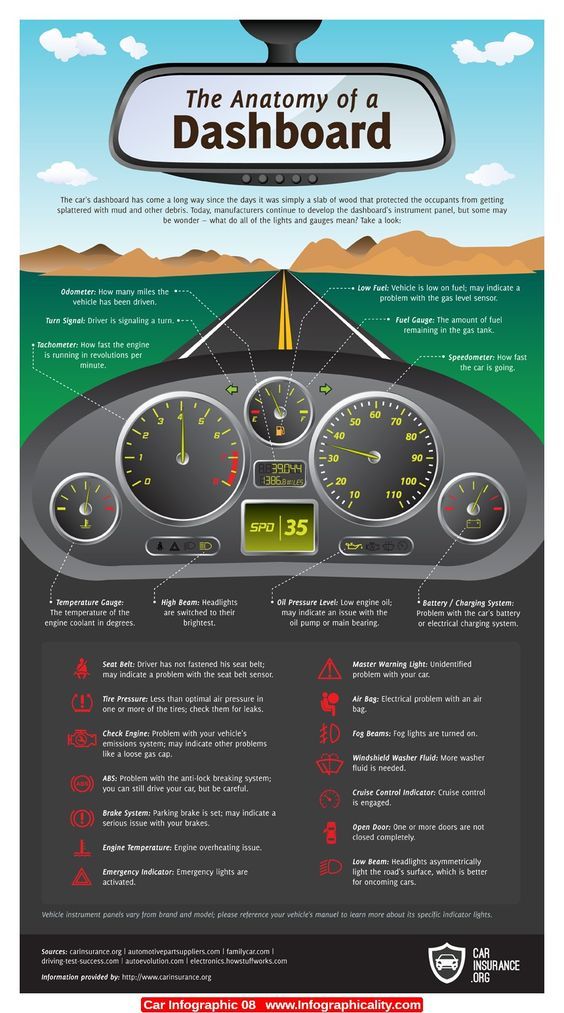 Now, a tire pressure monitoring system is being installed on parts of production cars. Moreover, some simply read the wheel speeds through the ABS sensors: after all, a flat tire rotates faster, since its radius is smaller than that of inflated wheels. There are also sensors that evaluate the amount of air pressure and send information via radio to the "brains" of the car. Such devices can also be purchased separately: sensors - in the wheels, and the receiver - in the car.
Now, a tire pressure monitoring system is being installed on parts of production cars. Moreover, some simply read the wheel speeds through the ABS sensors: after all, a flat tire rotates faster, since its radius is smaller than that of inflated wheels. There are also sensors that evaluate the amount of air pressure and send information via radio to the "brains" of the car. Such devices can also be purchased separately: sensors - in the wheels, and the receiver - in the car.
By the way, a lot depends on the road you are going to take.
The owner's manuals supplied with the vehicles indicate that it is recommended to increase the pressure by 0.2-0.3 bar before driving for a long time on expressways. We advise you to follow these recommendations on all cars: it will not get worse.
The operating instructions supplied with the vehicles state that it is recommended to increase the pressure by 0.2-0.3 bar before driving for a long time on highways. We advise you to follow these recommendations on all cars: it will not get worse.
We advise you to follow these recommendations on all cars: it will not get worse.
I don’t want to discuss overload: this, you see, is not the case. But, unfortunately, many deliberately overload the car several times a year, not only stuffing the interior and trunk to the eyeballs, but also attaching a trailer, which additionally loads the rear wheels of the tractor. In such cases, we advise you to increase the pressure in the rear tires by at least 0.2–0.3 bar. Tires will only thank you.
If you doubt the accuracy of your pressure gauge, then we advise you to check it immediately after leaving the tire shop, where you were set the obviously necessary pressure, to measure it with your own measuring device (separate or as part of the compressor). So you determine whether your pressure gauge is "lying" a lot. For the future, right on the dial, you can put a mark of the correct value.
Of course, it's better to have your own, known to be correct pressure gauge, but such a toy is not cheap.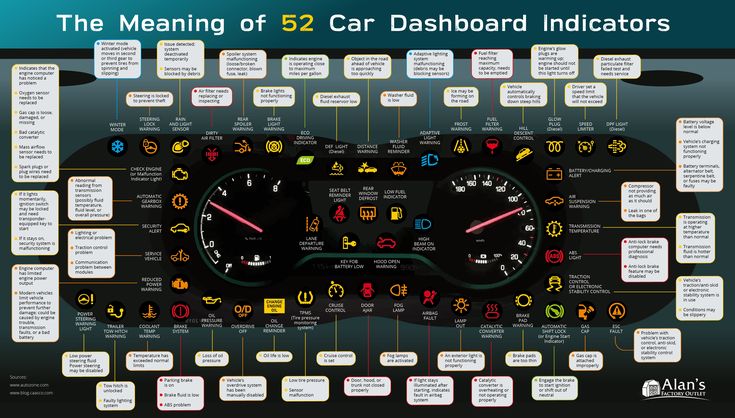
Of course, it is better to have your own, known to be correct pressure gauge, but such a toy is not cheap.
If terrible ice has caught you on summer tires, for example, in the country, and you need to drive some distance along an absolutely icy road by any means, then you should reduce the pressure in the tires to approximately 1.6 bar. Is it bad for tires? Yes. But an accident will cost more. In addition, in such a situation, one does not have to wait for high speed, and overheating of tires at near-zero temperatures most likely will not happen.
Everyone knows what caused the excellent maneuverability of Soviet tanks? That's right: wide tracks, that is, low pressure on the ground. We, having an ordinary, non-all-wheel drive car, are also able to provide it with a similar cross-country ability. If the wheels of the car sink into sand, snow or sticky mud, then it makes sense to lower the tire pressure. And not only driving, but also driven wheels.
We know from experience that it is often possible to get out of the "black spot" by reducing the pressure to 1.2 bar.
We know from experience that it is often possible to get out of the "black hole" by reducing the pressure to 1.2 bar.
In a very critical situation, if you know that you have a fairly narrow disc and a relatively wide tire (such a wheel has a lower chance of self-disassembly), you can reduce the pressure to 1.0 bar.
Stalled on wet grass? Try to relieve pressure.
Stalled on wet grass? Try to relieve pressure.
Pressure reduction is also useful in other cases - for example, to overcome diagonal hanging. If you reduce the pressure in the wheels on which the car rests, their height will decrease and there will be a chance to “hook” on the suspended wheels. Of course, if the car has already laid down on the bottom, then it is too late to reduce the pressure - this will only interfere.